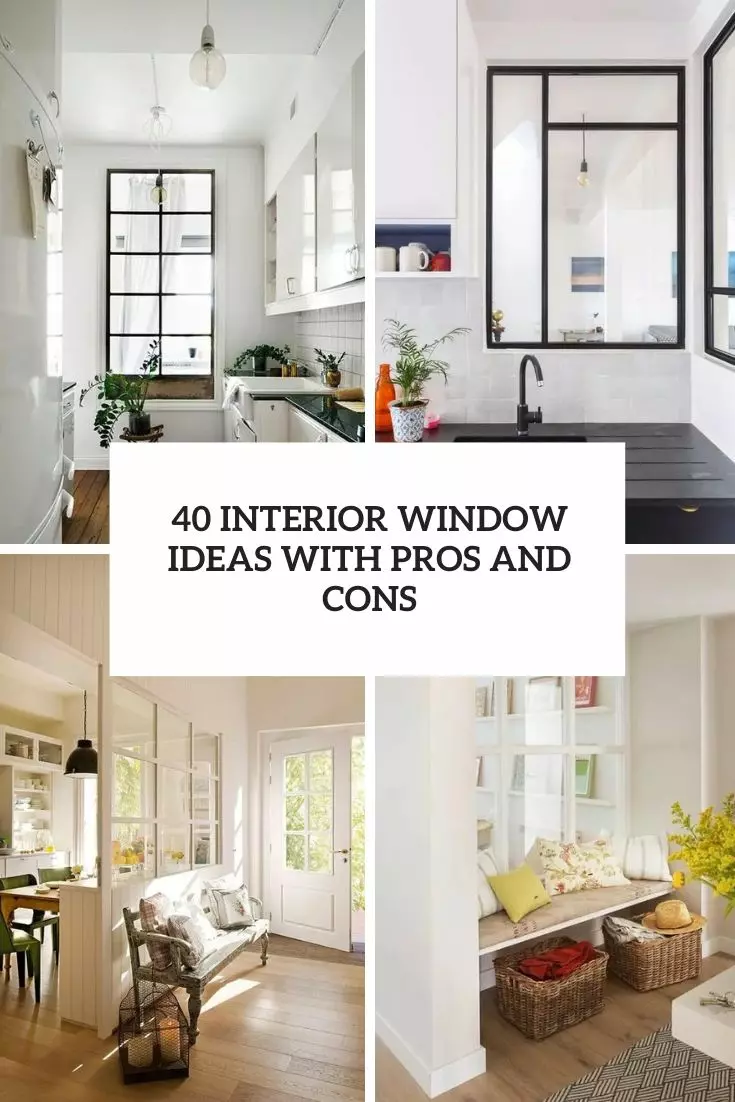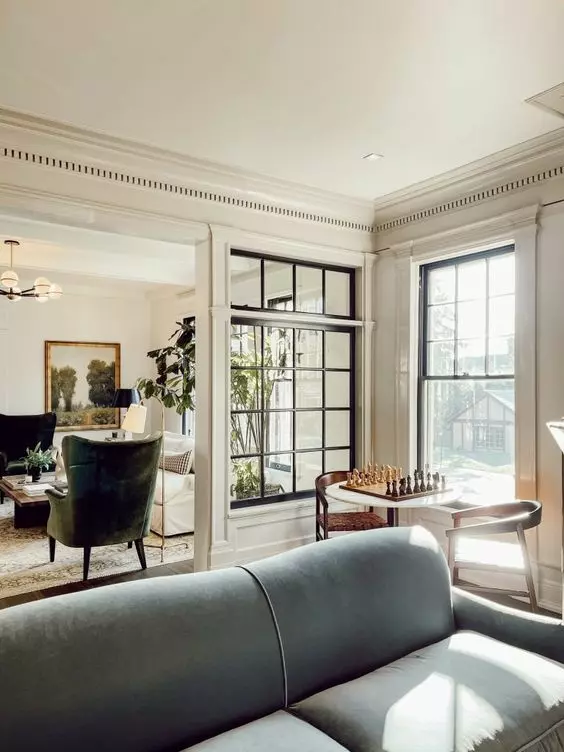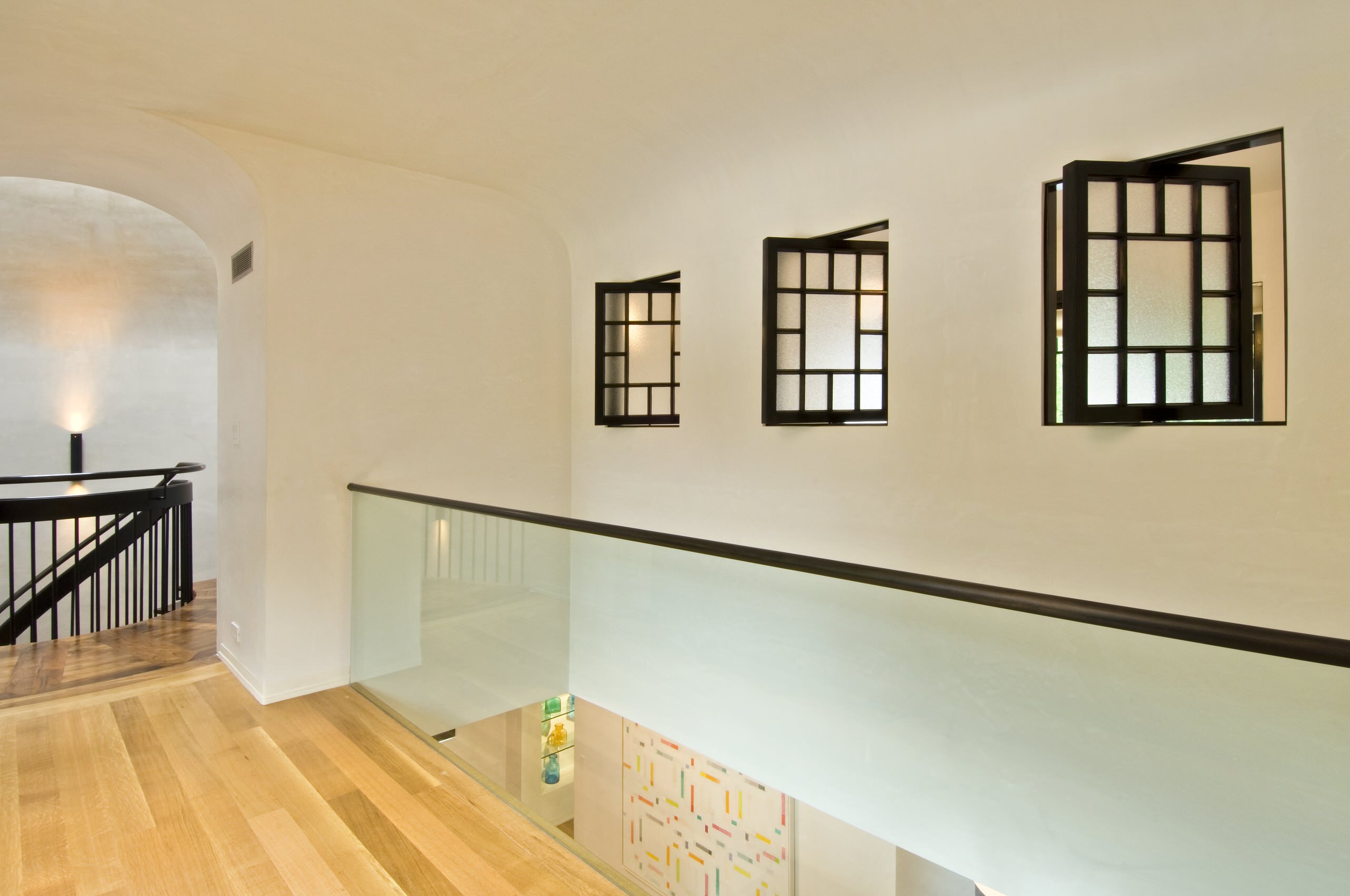Interior design is all about creating an inviting, functional, and beautiful space, and one of the most underrated elements that can elevate your home’s aesthetic is the use of decorative interior windows. In this guide, we will explore everything you need to know, from types and designs to installation tips and common benefits.
What Are Decorative Interior Windows?
Decorative interior windows are unique architectural features that serve both functional and aesthetic purposes within a home. They can provide natural light, enhance privacy without sacrificing openness, and add an artistic flair to your interior spaces.
Types of Decorative Interior Windows
There are numerous styles of decorative interior windows to choose from, each offering something unique. Let’s delve into some of the most popular options.
1. Glass Block Windows
Glass block windows are not only functional but also stylish. They can diffuse light while maintaining privacy, making them ideal for bathrooms or basements.
2. Decorative Mullion Windows
These windows feature bars that divide the glass panes, creating a grid pattern that can bring a classic touch to any room.
3. French Windows
French windows are typically full-length windows that open outward. They allow for stunning views and can enhance the flow between indoor and outdoor spaces.

4. Transom Windows
Placed above doors or other windows, transom windows allow additional light to flow into a space without compromising privacy.
5. Stained Glass Windows
These artistic windows can serve as a focal point in any room, showcasing vibrant colors and intricate designs.

Benefits of Decorative Interior Windows
Adding decorative interior windows can greatly enhance the aesthetic and functionality of your home. Here are a few compelling benefits:
- Natural Light: They allow natural light to flow into rooms, reducing the need for artificial lighting.
- Enhanced Aesthetics: A well-placed decorative window can enhance the visual appeal of your space and serve as a conversation starter.
- Increased Value: Unique architectural features can increase the overall value of your home.
- Privacy: Certain designs can provide privacy while allowing light to enter, perfect for traditionally closed-off spaces.
- Connection to Nature: They can offer beautiful views of your garden or outdoor space, creating a serene atmosphere indoors.
How to Choose the Right Decorative Interior Windows
Choosing the right decorative interior windows requires careful consideration of style, purpose, and placement. Let’s break down some key factors:

1. Assess Your Space
Consider the dimensions, lighting, and overall design of the room where you plan to install the decorative windows. This will help you choose a style that complements existing decor.
2. Consider Your Privacy Needs
Determine what level of privacy you need. For example, glass block windows may be better suited for bathrooms than a vast French window.

3. Determine the Amount of Light Desired
Some designs allow for more light than others, so think about how much natural light you want in your space.
4. Material Matters
Decide on the type of material that fits your aesthetic. Wood frames give a rustic feel, while metal might be better for a contemporary look.

5. Style Consistency
Make sure your choice aligns with the overall theme of your home. A Victorian-style home may not mesh well with ultra-modern window designs.
Installation Tips for Decorative Interior Windows
Here’s a step-by-step guide for installing decorative interior windows:

Step 1: Measure the Space
Ensure accurate measurements to prevent sizing issues during installation.
Step 2: Choose Your Window Type
Select the window type that fits your needs best based on your previous assessments.

Step 3: Gather Your Materials
Ensure you have everything you’ll need for installation, including frames, glass, adhesive, and tools like a level and caulking gun.
Step 4: Secure the Frame
Install the window frame first, making sure it is level. You may need to secure it with screws.
Step 5: Install the Glass
Place your chosen glass into the frame, securing it with adhesive or clips as necessary.
Step 6: Finish Up
Caulk around the edges to seal any gaps and paint or touch up the surrounding area to ensure a seamless look.
Maintenance of Decorative Interior Windows
To keep your decorative windows looking their best, regular maintenance is key:
Clean Regularly
Dust and clean the glass and frames to prevent build-up, which can affect both aesthetics and light flow.
Inspect for Damage
Periodically check for any cracks or loose fittings, especially in areas with high humidity like bathrooms.
Seal and Repair
If you notice gaps, re-caulking or sealing may be necessary to maintain insulation and prevent moisture damage.
Comparing Decorative Interior Windows: A Quick Overview
| Window Type | Light Transmission | Privacy Level | Style | Maintenance Level |
|---|---|---|---|---|
| Glass Block | High | High | Modern, Sleek | Low |
| Decorative Mullion | Medium | Medium | Classic, Timeless | Medium |
| French Windows | High | Low | Elegant, Open | Medium |
| Transom Windows | Medium | High | Traditional | Medium |
| Stained Glass | Low | Medium | Artistic, Unique | High |
Common Questions About Decorative Interior Windows
FAQ 1: Can decorative interior windows be used in small spaces?
Absolutely! Decorative interior windows can create an illusion of openness, making small spaces feel larger. Just ensure the design complements the room’s scale.
FAQ 2: Are these windows energy-efficient?
Yes, many modern decorative windows come with energy-efficient glass options, helping to maintain temperature and reduce energy costs.
FAQ 3: What are the costs associated with installing decorative interior windows?
The cost varies significantly based on the type of window, the material, and labor costs. On average, you might spend anywhere from $300 to $1,200 per window.
FAQ 4: How do I make my decorative windows stand out?
Consider adding window treatments like sheer curtains or unique frames for an extra touch. Lighting can also enhance their appearance.
FAQ 5: Are decorative windows difficult to install?
While installation can be challenging, especially for non-standard sizes, many homeowners can manage it as a DIY project with the right tools and plans. However, hiring a professional is recommended for more intricate designs.